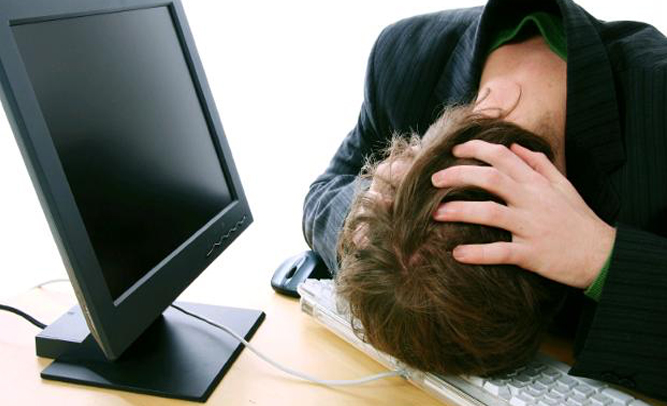LAREDO, Texas –
A Laredo family is in mourning today after a young man took his life late Friday evening. Tom Brink, 24, hung himself from the rafters of his home, leaving behind a note for his loved ones detailing his spiral into depression.
“I can’t believe this I spend so much money on my internet and it goes down all the time. I can’t take it anymore, it has been about 25 minutes now, and still no connection. I lived a great life, but I don’t want to live in a world were I can’t come home and watch my favorite TV shows on Netflix, or check my Facebook feed and just unwind a bit. I just got to the end of Breaking Bad and my connection kicked off right during the cliffhanger. I can’t do this anymore, I’m sorry.”
Brink’s mother Mary remembers Tom as an easy going person who never let drama get into his life. She told us that she was completely blind-sided by his death and would never expect her son to do such a thing because he had a lot of things going his way.
“He just got a new job, and he was going to be making over 6-figures,” said Mary. “He had the whole world at his fingertips. His girlfriend was beautiful and smart, he had a new puppy named Gremlin, and he even was looking into buying a home. I cannot believe that he’s gone. The internet is a foul, evil place, but not having it is even worse.”
Mary Bring is urging parents to make sure their children are raised with strong Wi-Fi connections, and to make sure that their kids know that there are more options in life than just watching videos on the internet, such as TV on DVD or even old VHS tapes.
Representatives for Brink’s internet service say that there was no issue with the service on their end, and Brink more than likely would have been able to reset his connection by unplugging his router, waiting 30 seconds, and plugging it back in.
































